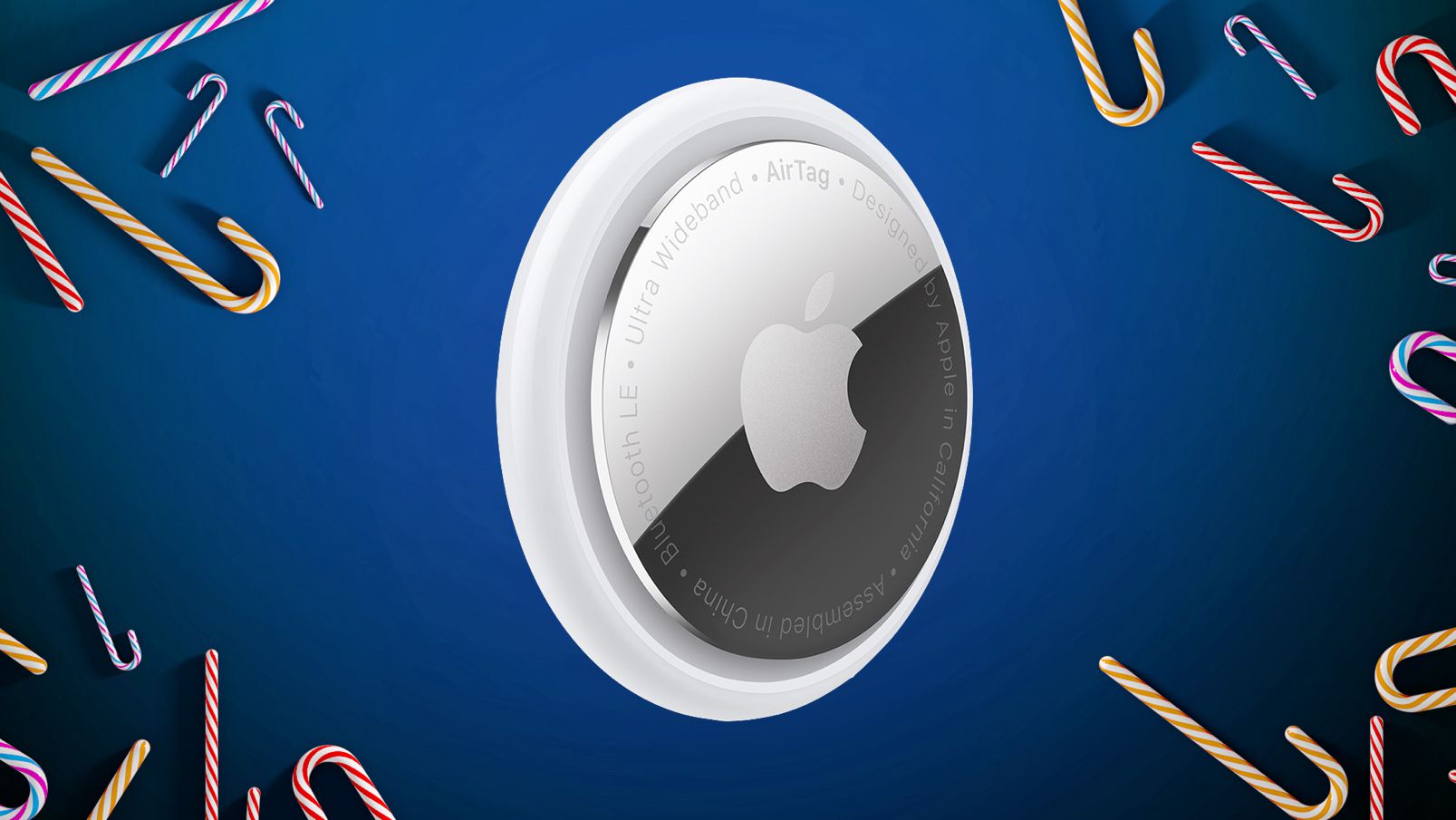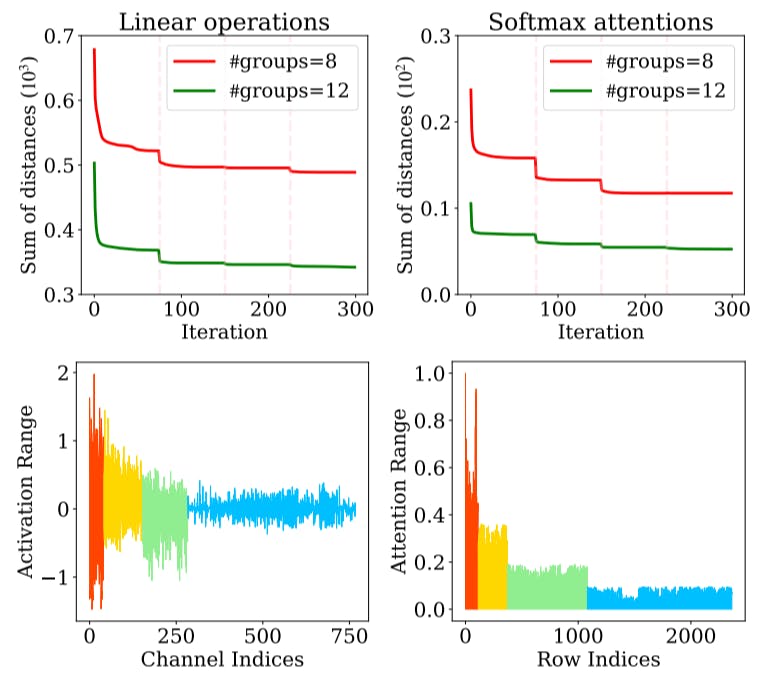Crypto might feel like pure software magic, but behind every digital coin and token, there’s a piece of hardware helping it run. Whether we are sending a small payment from a phone, storing long-term savings, or securing a whole network, the devices we use matter.
Some setups are as simple as carrying a USB stick, while others look closer to running a small data center. Let’s break down who needs what and why.
Hardware For Average Users
For most of us, the gear list is short. A smartphone or laptop is enough to get started, since software wallets can send and receive funds with a few taps. Yet, when savings grow, it is safer to keep them offline in some kind of cold wallet. That could be a piece of paper with some random words (private keys) written on it. We call it a textcoin in Obyte. It could also be a hardware wallet.
These pocket-sized devices, such as the ones offered by Ledger or Trezor, store private keys offline. Keys never leave the device, which means a hacker on your computer can’t just drain your account. They’re simple to set up, usually connecting through USB or Bluetooth, and come with recovery phrases you should write down and store safely, anyway.
Internet access and a reliable backup plan are the only other essentials. With these basics, anyone can start using crypto without needing a fancy rig.
Hardware For Miners & Validators (Full Nodes)
Those who want to keep networks secure and running need far more muscle. A full node validates and stores the entire transaction history of a chain, and they are necessary to keep running any distributed ledger. You can read more about validators and miners here. Anyone can run a full node, and the network works thanks to them.
On Bitcoin, for instance, it’s recommended to have 350 GB of disk space, at least 2 GB of RAM, and a stable broadband connection. Validators in Proof of Stake (PoS) networks often ask for more requirements. On Ethereum, they suggest powerful multi-core CPUs, 16 GB or more of RAM, and 2 TB of data storage. Downtime can even lead to penalties if the node also builds blocks and participates in consensus, so uptime is critical. You may need to run your node 24/7.
Miners in Proof of Work (PoW) systems, meanwhile, chase raw power. In addition to standard PCs, they also need Graphics Processing Units (GPUs) or Application-Specific Integrated Circuits (ASICs). GPUs are versatile chips originally made for gaming but adapted to mine coins like Ethereum Classic or Ravencoin. Prices vary widely, from roughly $200 for older or mid-range cards to $2,000 for current high-end models.
ASICs are special-purpose miners for algorithms like Bitcoin’s SHA-256. Depending on the model, they may cost much more: from roughly $50 for small units up to $16,000 for the newest and fastest machines. In addition, miners need to acquire cooling systems for these machines, since the heat they generate is enough even to grow tomatoes or survive the winter. There will be high electricity bills, too. n
Networks That Require Extra Hardware
Not every crypto project sticks to the usual node or miner model. Or, at least, that’s not all they need. Some turn the hardware requirement into part of the system itself. Helium, for example, asks users to set up hotspots: small devices with antennas that provide LoRaWAN coverage. By giving neighborhoods wireless access for Internet of Things (IoT) gadgets, owners earn tokens while supporting the network.
Filecoin goes in another direction, rewarding those who share digital storage. Then there are Decentralized Physical Infrastructure Networks (DePINs) and IoT-friendly projects like IoTeX and Nodle. Some of these rely on gateways, antennas, or even entire fleets of small IoT sensors. Others, like Nodle, use smartphones as their primary hardware, turning them into small wireless relays. These models show how creative crypto can get, mixing physical infrastructure with crypto rewards.
What you need to use Obyte
Obyte keeps things as simple as possible. To join, a standard mobile phone or computer is enough, since the wallet app handles sending, receiving, creating smart contracts, and much more. Any device you already have is likely fine, and you’ll only need to install the lightweight wallet.

In addition, an Obyte light node can also run on devices as small as an ESP32. These are low-cost microcontrollers with Wi-Fi and Bluetooth used to build smart gadgets, sensors, and DIY electronic projects. They’re especially suitable for Internet of Things (IoT) initiatives, and Obyte has participated in several of them.
Now, those who want a more advanced role can run a full or headless node, which recommends 150 GB of disk space and 1-4 GB RAM. Whether on a laptop or server, the setup is straightforward compared to the heavy hardware of miners or storage farms. No extra electricity is required, either, because Obyte doesn’t use mining.
Crypto may live in the digital world, but it can’t escape the physical one. From a tiny device that fits in your pocket to a server rack buzzing with fans, hardware is what turns code into a working economy. Knowing which role you want to play helps you pick the right gear, and that choice can be as light as carrying a phone or as demanding as running your own server farm. Choose wisely!
:::info
Featured Vector Image by Freepik
:::
n










